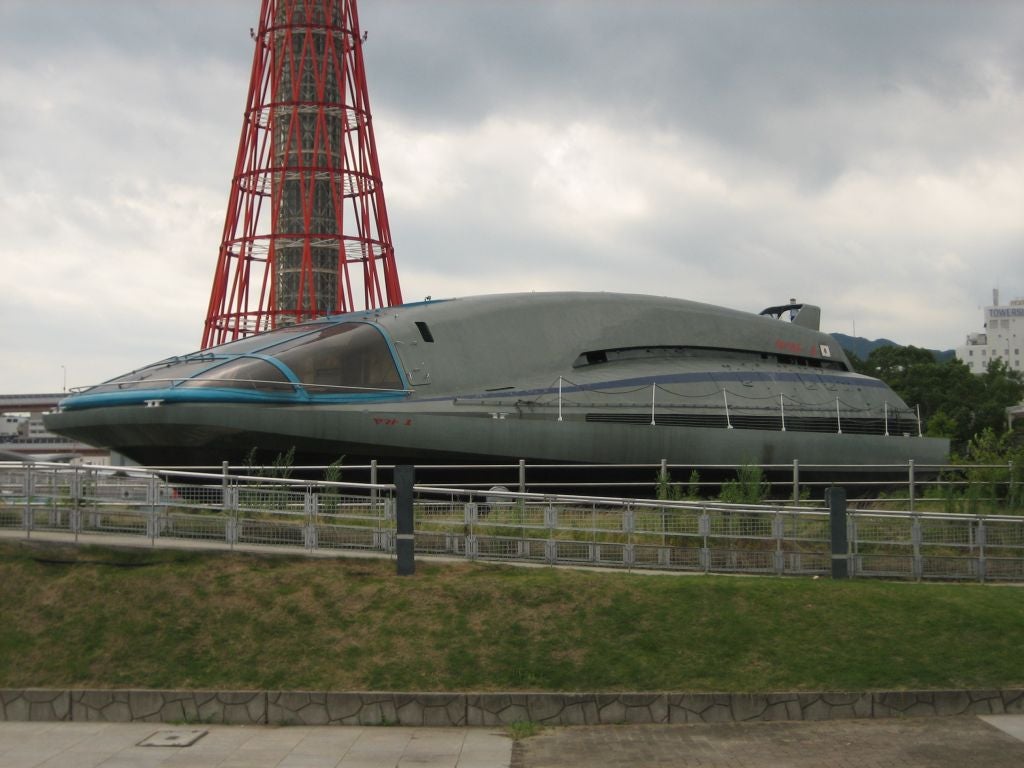
Exploring DARPA’s Magnetic Drives for Navies
The US Defense Advances Research Projects Agency (DARPA) have announced a 42 month programme to develop develop a maritime propulsion system, a magnetohydrodynamic (MHD) drive, that uses no moving parts, silently propelling ships and boats with magnets and an electric current.
The Principles of Undersea Magnetohydrodynamic Pumps (PUMP) programme builds on research stretching back to the 1960’s, when academic, commercial and military researchers sought technology for propulsion at sea could use magnetic fields to enable high-efficiency pumps to replace a propeller and drive shaft.
Recent breakthroughs in generating high magnetic fields have pushed development past the first barrier to the technology, the challenge of scaling MHD drive technology up to a full-size system.
However, the obstacle the PUMP programme intends to address is the inevitable corrosion, hydrolysis, and erosion that the system’s electrodes are subject to during use.
Tactical MHD drive effects
The implications for naval defence and warfare from a working MHD drive could be profound. The MHD drive does not have moving parts, reducing noise and vibration, making it harder to detect via sonar, and improving the stealth capabilities of submarines and underwater drones in motion. However, as MHD drives operate on the principle of magnetism, that could make the vessel more detectable by magnetic anomaly detection systems.
If power and efficiency issues are resolved, MHD drives could also theoretically propel submarines or ships at high speeds underwater, exceeding the capabilities of traditional propulsion systems, and with a greater manoeuvrability, as the MHD drive could exert force in any direction. The MHD drive may still require significant amounts of electrical power, which could mean that vessels using this technology will need a powerful generator.
Breakthroughs in magnetic propulsion
According to Susan Swithenbank, who is the PUMP programme manager in DARPA’s Defence Sciences Office, the most impressive efficiency ever recorded in a magnetohydrodynamic drive was achieved in 1992 on the Yamato-1. This 30-meter vessel managed to reach a speed of 6.6 knots while maintaining an efficiency of roughly 30%. The magnetic field strength used during this achievement was approximately 4 Tesla.
In recent years, the commercial fusion industry has achieved significant progress in the development of rare-earth barium copper oxide (REBCO) magnets. These magnets have demonstrated the ability to generate large-scale magnetic fields of up to 20 Tesla, which could potentially result in a 90% efficiency in a magnetohydrodynamic drive.
“Now that the glass ceiling in high magnetic field generation has been broken,” said Swithenbank, “PUMP aims to achieve a breakthrough to solve the electrode materials challenge.”
MHD corrosion challenges
The formation of gas bubbles over the electrode surfaces is a key issue when electric current, magnetic field, and seawater combine. Bubbles impair efficiency and have the potential to collapse and degrade electrode surfaces.
To solve the materials issue, DARPA launched the PUMP programme to develop innovative electrode materials appropriate for a military-grade MHD drive. PUMP will investigate several methods for reducing the effects of hydrolysis and erosion, and will construct and evaluate multi-physics modelling and simulation tools for scaling MHD systems, including hydrodynamics, electrochemistry, and magnetics, all toward developing an electrode material system, and prototyping an MHD drive that can be scaled up.
On 31 May, DARPA is sponsoring a Proposer’s Day for the PUMP programme, encourage teaming arrangements among potential organisations responsive to PUMP’s goals. A full announcement with the programme’s details is expected in late May or early June 2023.
DARPA is a research and development agency of the United States Department of Defence responsible for the development of emerging technologies for use by the military.







